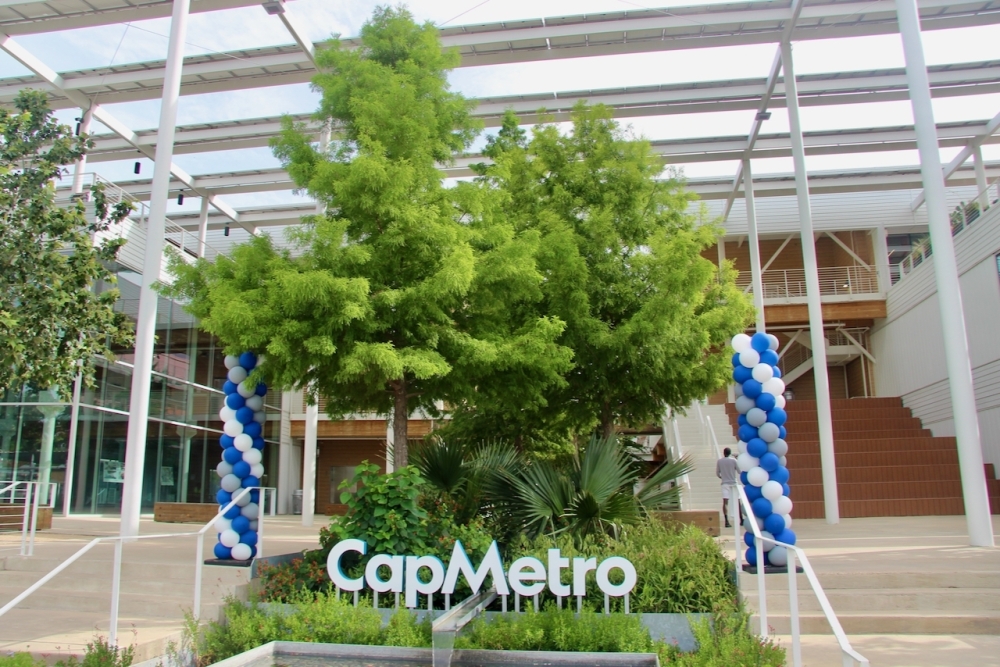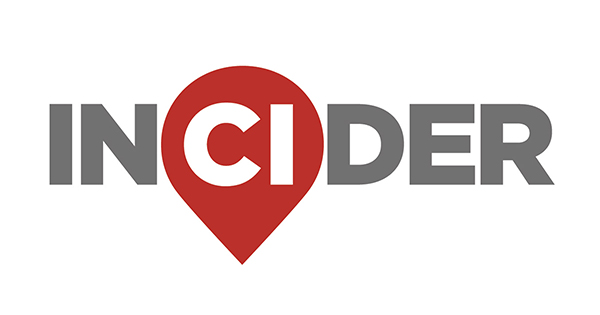The big picture
CapMetro was created in the mid-1980s after area voters approved a tax increase for the transit service, and the newly-formed agency soon took over bus service in Austin. Various bus, shuttle, trolley, rail and other transit options were rolled out across Central Texas in the decades since, and the transportation authority now serves more than 25 million riders annually across its nearly 550-square-mile service area.
“Forty years ago, visionary leaders in Central Texas recognized the inevitable growth our region would experience. A need to enhance the ability of connecting Central Texas through reliable public transportation became the cornerstone of CapMetro’s creation. Today, we celebrate not just CapMetro’s 40th anniversary, but four decades of that vision becoming a reality," CapMetro President and CEO Dottie Watkins said.
Zooming in
On July 1, 40 years to the day since its service first launched, CapMetro celebrated with a free fare day for riders across its system. Local and state leaders also signed off on proclamations marking the anniversary as "CapMetro Day."
"At the end of the day, we all deserve a transportation network that will continue to connect us for those next 40 years just how it’s done these last 40," Austin Mayor Pro Tem Vanessa Fuentes said.
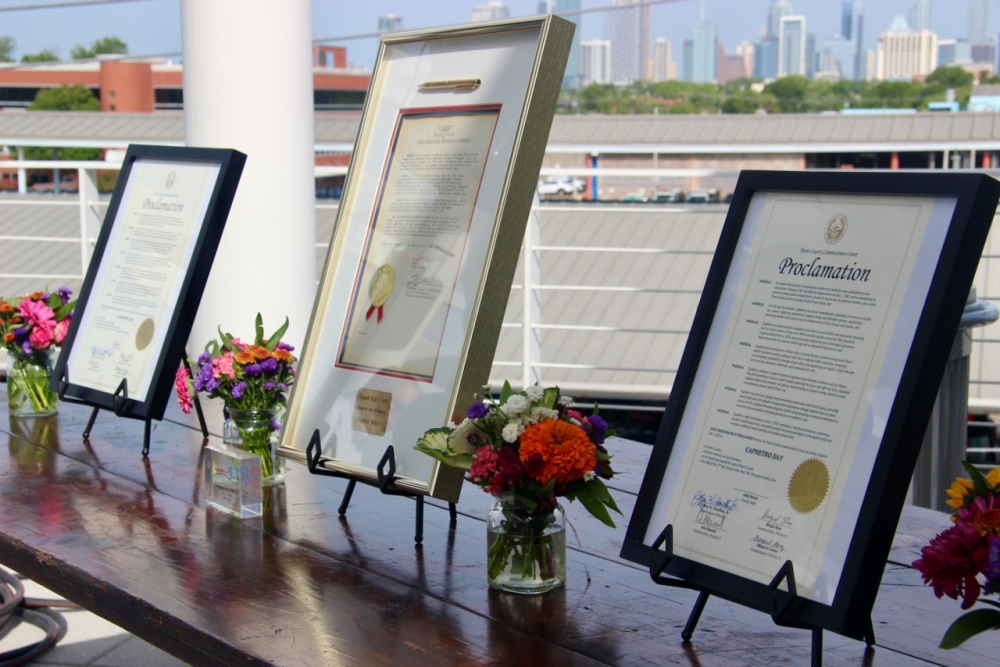
What they're saying
State Rep. Lulu Flores, D-Austin, whose District 51 covers Southeastern Travis County, praised the agency's current service levels following program additions to the east.
“Public transportation is about freedom: the freedom to move, to work, to learn and to live," she said. "I’m especially proud to see this service expansion in East Austin, in the East Austin community it’s an area which has been historically underserved. And that’s real progress and that’s exactly what it should look like.”
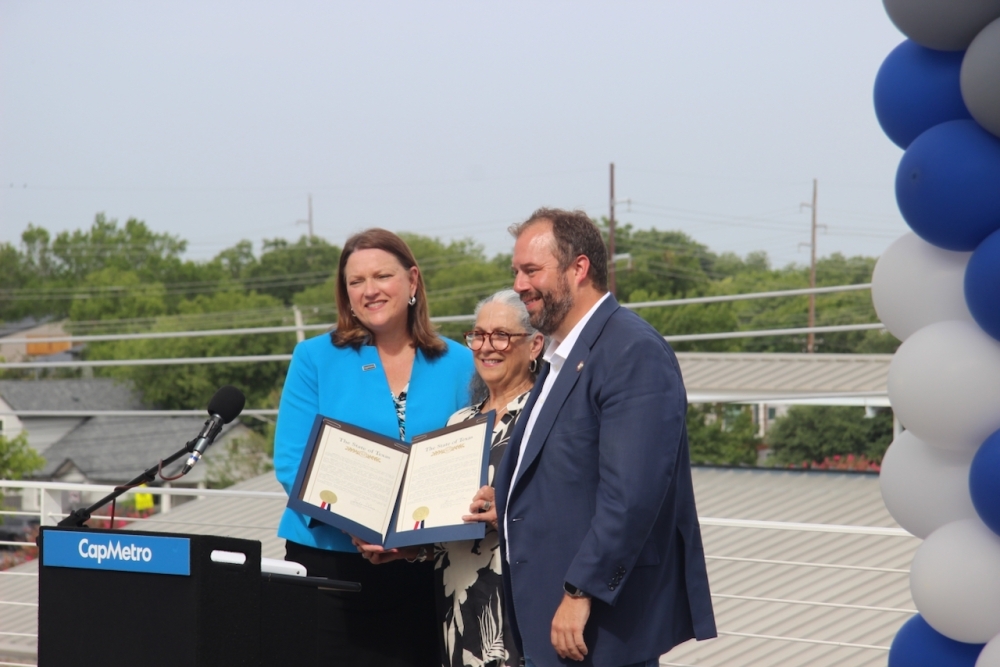
“Project Connect holds a lot of promise for the future of Austin. ... As we see our rail expand, as we see opportunity to expand, we want to make sure that everybody is connected to that," he said.
State Rep. John Bucy, D-Austin, framed CapMetro's history around several electoral measures to increase transit service, from support for the agency's creation in January 1985 to several public votes for increased transit service from Leander to Austin, including the 2020 approval of added taxes to fund Project Connect. Bucy also pushed back against state officials who've aimed to derail the transit program, most recently during this spring's legislative session.
"We must continue to grow and invest our transit system, and not let partisan attacks delay or deny the progress our community wants and deserves," he said. "The stops, bus routes and rail lines added through Project Connect will touch every corner of our community in unprecedented ways. This will allow CapMetro to continue what it’s done for 40 years: strive to connect the people of this region to one another.”
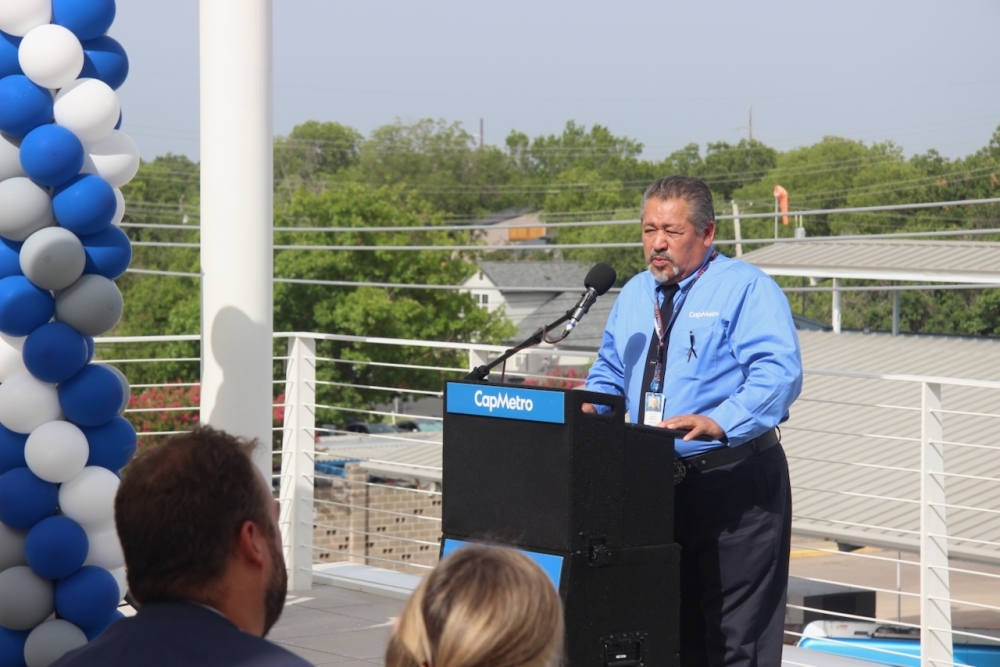
Following the opening of a new Red Line station and recent launch of two MetroRapid bus routes on the east side under Project Connect, the system's initial light rail component remains in development with service expected to begin in the early 2030s. Further rapid bus routes and rail expansions are planned in the future.
Late this year, CapMetro's decade-long public transportation plan will also be finalized with possible service updates.
Watkins also said a family event planned for the fall will serve as the agency's public 40th anniversary celebration.
